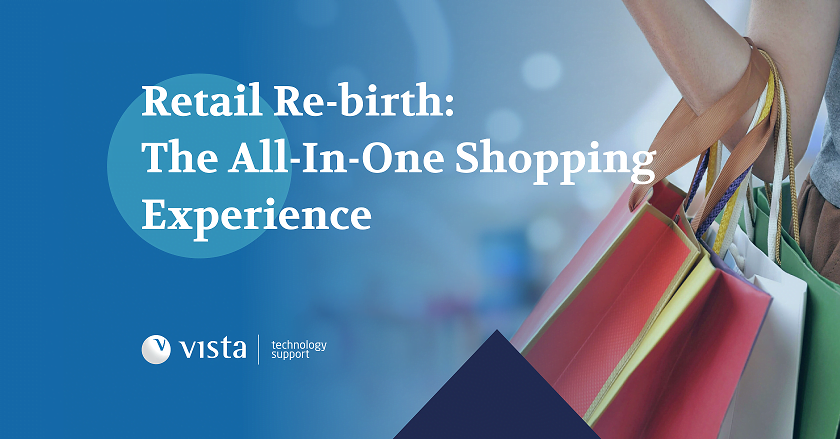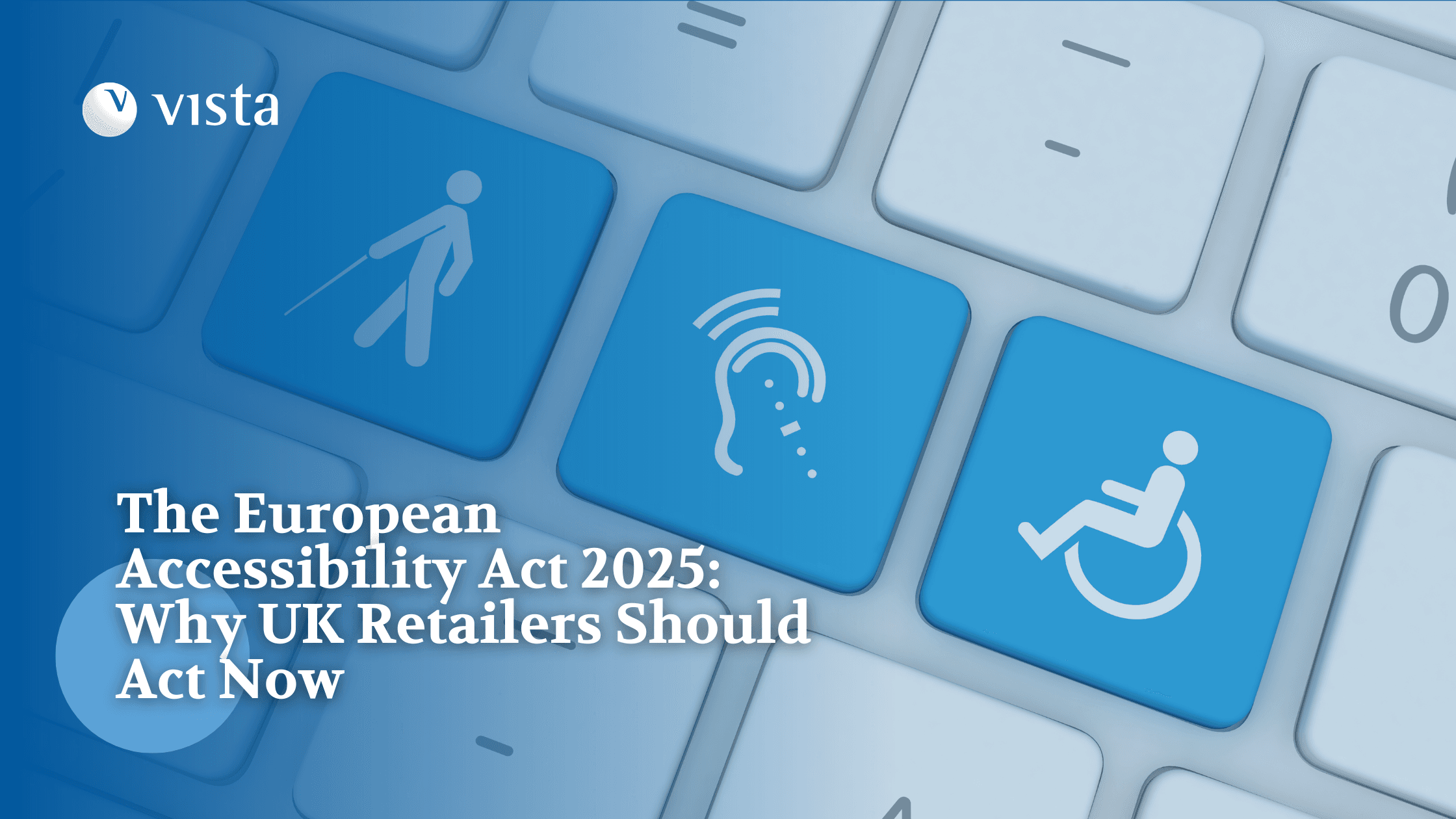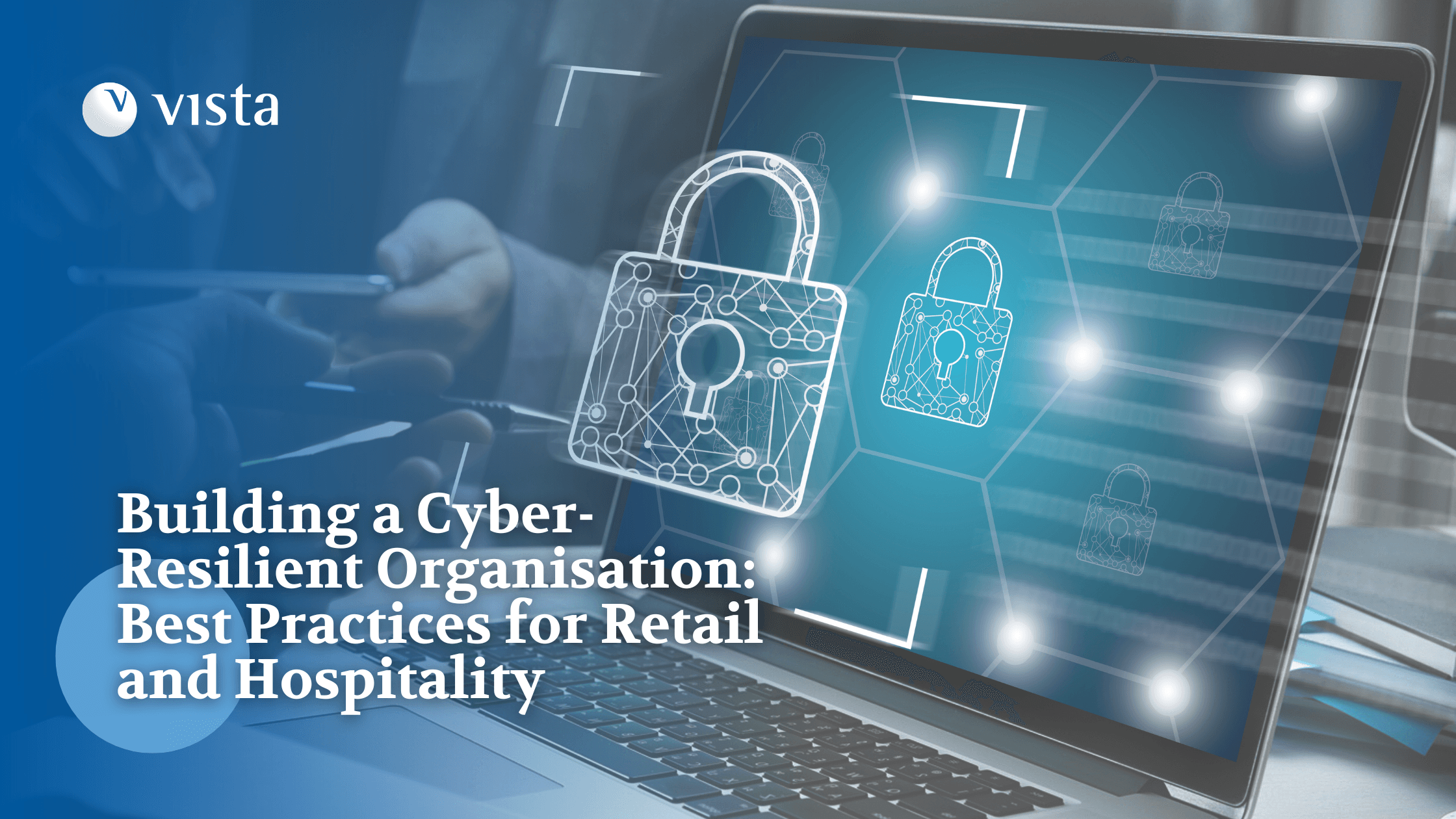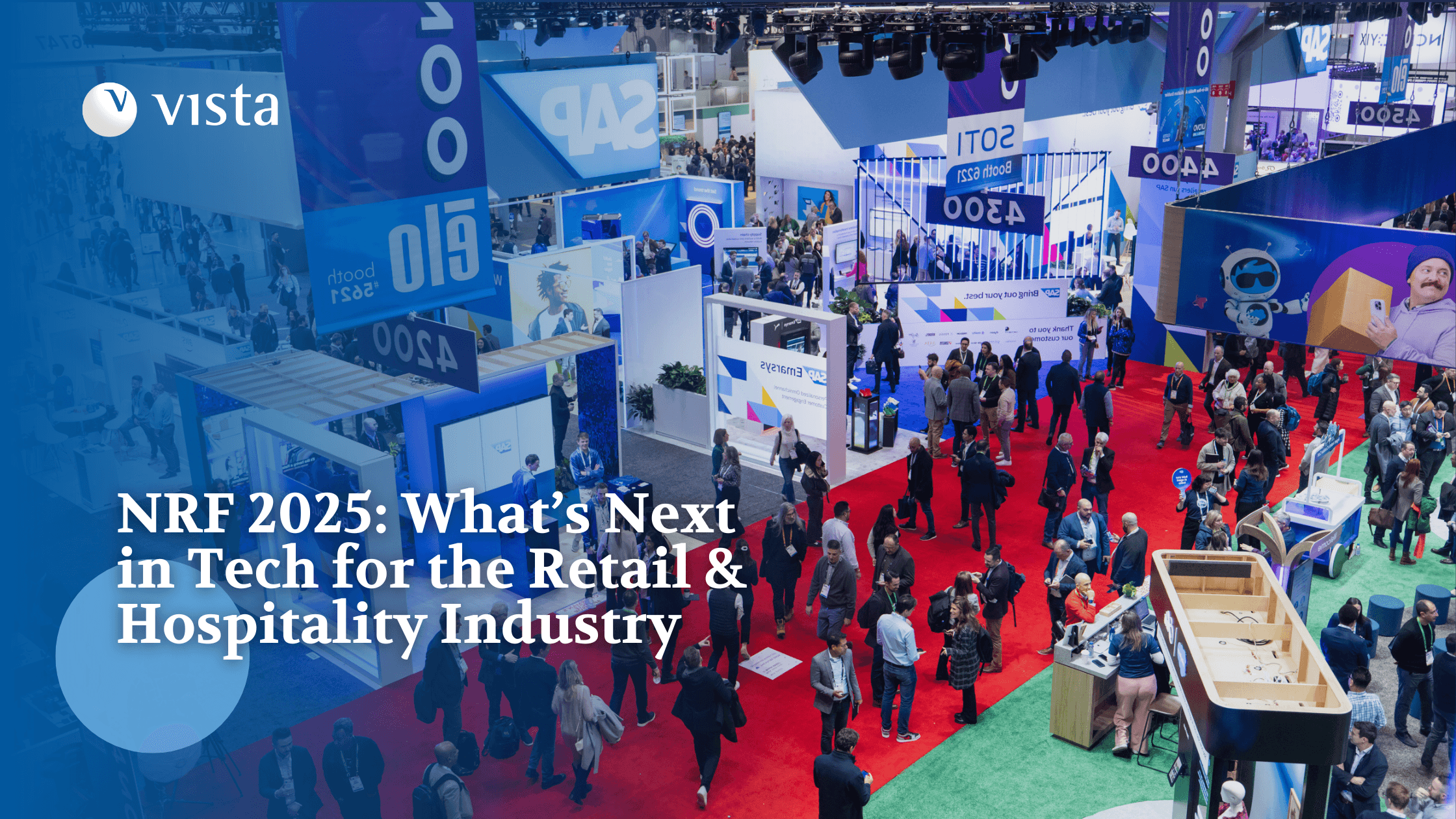
With the mobile phone enabling on-hand purchasing power and the promise of continued AI advancement, consumer behaviour has every reason to champion convenience over effort. So why is it that with such accessibility for quick and easy transactions, the in-store experience is trending back? In this article we’ll explore the social sustainability of retail parks, and the cultural significance of the in-store purchasing journey.
The Retail Park Balancing Act
Driving into a retail park on any day of the week, there’s a multi-faceted experience at play. Some people have planned their daily movement around it; others drop-in on a whim. Whatever the reason, retail parks have a distinct advantage, the all-in-one shopping experience. It caters for the ever-evolving consumer preference within a social cohesive environment that encourages human interactions.
Why is this important? In a recent scoping review shown on Science Direct, the positive associations people experience are social interactions, opportunities to escape their everyday life, and experiences of place attachment and social cohesion. Even in non-shoppers, one’s wellbeing is measured within the interactions available within this familiar local setting.
Consumer psychology matters because there are subconscious triggers that lead to specific actions. One of the great benefits of retail parks is consumers get to experience vast consumption opportunities to suit momentary preference. You might arrive with a purpose, but you are also aware that at some point you’ll want some food, which adds to the convenience because most restaurants have self-service kiosks. Coffee is also an important part of the retail park journey, and brands like Costa facilitate this with in-store or on the move options. So far, we’ve got free parking, shopping, food, and coffee, all in one location. If you are lucky, they’ll also be bowling, a gym and a cinema. Family or not, sounds like a day out well spent.
This brings us to another element of retail parks that anchor those associations – cognitive bias. The article The psychology behind a great customer experience explores the “halo effect” and first impressions. We know that good and bad experiences with sales reps’ postulates brand association. Retail parks provide a unique opportunity for a reset on each interaction when walking into a store. Considering retail parks are made up of similar businesses competing for customer attention, the consumer is in a power-position to explore options that suit their expectation.
The Cultural Relevance
Retail parks provide a rare glimpse into society. They are a showcase of generational behaviour existing cohesively. Within this environment we’re all exposed to the same things, and largely, there’s something for everyone. But the one element that cuts-through preference is interaction. When people venture outside their bubbles into a retail park, they are actively involving themselves in a cross-section of cultural experiences. This is incredibly important not only for brand awareness, but cognitive conditioning. The more we visit these settings, the more we engage in human interactions, and when people are in a setting that aids in enjoyment, those positive associations are more frequent. That’s good for everyone!
For businesses to thrive in this setting, whether niche or not, the ability to welcome everyone into your store and make them feel comfortable is an incredible opportunity that doesn’t exist online. Positive human interaction is a fundamental gateway into an enjoyable consumer experience, and retailers are at the forefront of that moment when a customer decides to venture into their store. In the latest figures for 2023, retail park footfall is up 2.2% year on year, outshining traditional shopping centres and high streets.
The Omni-channel Experience
The omni-channel consumer experience is here to stay. Our modern preference in the buying journey needs to facilitate this diverse offering. Having retailers commit to bricks and mortar is part of the consumption chain, and retail parks remind the market that a versatile in-store experience is still very accessible.
In a recent article with the Financial Times, British Land echoed this positive outlook with additional elements to retail parks that connects e-commerce to warehousing. The result is enabling a multichannel format such as online sales and click and collect. Another bonus for businesses is low rent yields. Compared to offices and residential areas, where rent is in the high double digits, retail parks are in the high single digits. With high performances over the past few years, retail parks look an attractive prospect.
A Bright Future Ahead
Retail parks continue to survive the economic challenges faced over the past few years. With increased performance showing a promising future, consumers will continue to enjoy the versatility of choice, along with the human interactions these environments have always been known for. After all, to experience those positive cognitions, people need places to go, so it’s in a brand’s interest to be where their potential customers enjoy the shopping experience.
James Pepper CEO, Vista Technology Support, commented:
“We are starting to see the resurgence of the retail park, units that were vacant are being populated by retail and hospitality brands that have streamlined their high street, city centre and retail park physical presence over the last few years. Another interesting dynamic is that in the latter stages of 2023, we saw a substantial increase in our retail and hospitality customers placing orders for new stores and restaurants in 2024 and most of these are in out-of-town locations and retail parks.”
To see how Vista can ensure your customers continue receiving the best experience possible, get in touch with one of our Business Development Managers: sales@vistasupport.com OR 0330 135 5795.


